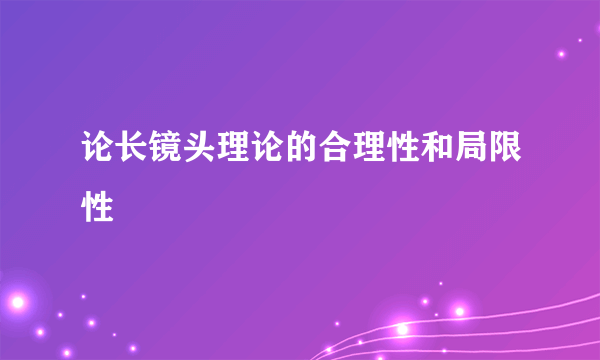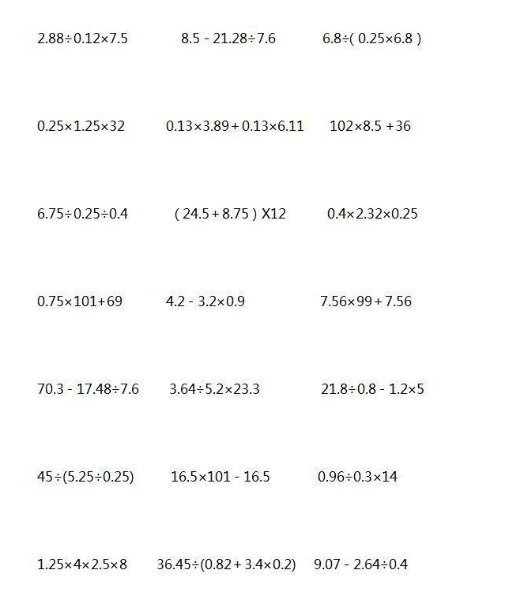论长镜头理论的合理性和局限性
的有关信息介绍如下:
A Brief History of Distance EducationBy Bizhan Nasseh Ball State University Reprinted with the permission from Adult Education in the News Throughout the history of human communication, advances in technology have powered paradigmatic shifts in education (Frick, 1991). Communication between teacher and student is a vital element of successful distance education. Media has played an essential role in the establishment of teacher and student communication. For communication to take place, at a bare minimum, there must be a sender, a receiver, and a message. If this message is intended as an instruction, then besides student, teacher, and content, we must consider the environment in which this educational communication occurs (Berg & Collins, 1995). Moore (1990) sees the success of distance education to be based on the content of the dialog between teacher and student and the effectiveness of the communication system in an educational process. There are some discussions about the frequencies and nature of dialogue. Hoffman (1995) referred to dialogue as the capacity for teacher and student to respond to one another. During the nineteenth century, in the United States, several activities in adult education preceded the organization of university extension beyond campuses. In 1873, Anna Ticknor created the society to encourage studies at home for the purpose of educational opportunities for women of all classes in the society. This Boston-based, largely volunteer effort provided correspondence instruction to 10,000 members over a 24-year period despite its resolutely low profile (Ticknor, 1891). Printed materials sent through the mail were the main way of communication, teaching, and learning. In 1883 a Correspondence University headquartered at Cornell University was established, but never got off the ground (Gerrity, 1976). The first official recognition of education by correspondence came from 1883 to 1891 by Chautauqua College of Liberal Arts. This college was authorized by the state of New York to grant academic degrees to students who successfully completed work at the Summer institutes and by correspondence during the academic year (Watkins, 1991). Interest regarding the effectiveness of correspondence study verses traditional study was the subject of debates and discussions. Watkins (1991) wrote that William Rainy Harper, professor of Herbrew at Yale University, who was authorized from 1883 to 1891 to grant degrees to students who completed correspondence study, believed that correspondence study "would not, if it could, supplant oral instruction, or be regarded as its substitutes." Watkins (1991) in her book cited that Vincent (1885) wrote, the day is coming when the work done by correspondence will be greater in amount than that done in the classrooms of our academics and colleges; when the students who shall recite by correspondence will far outnumber those who make oral recitations.

















